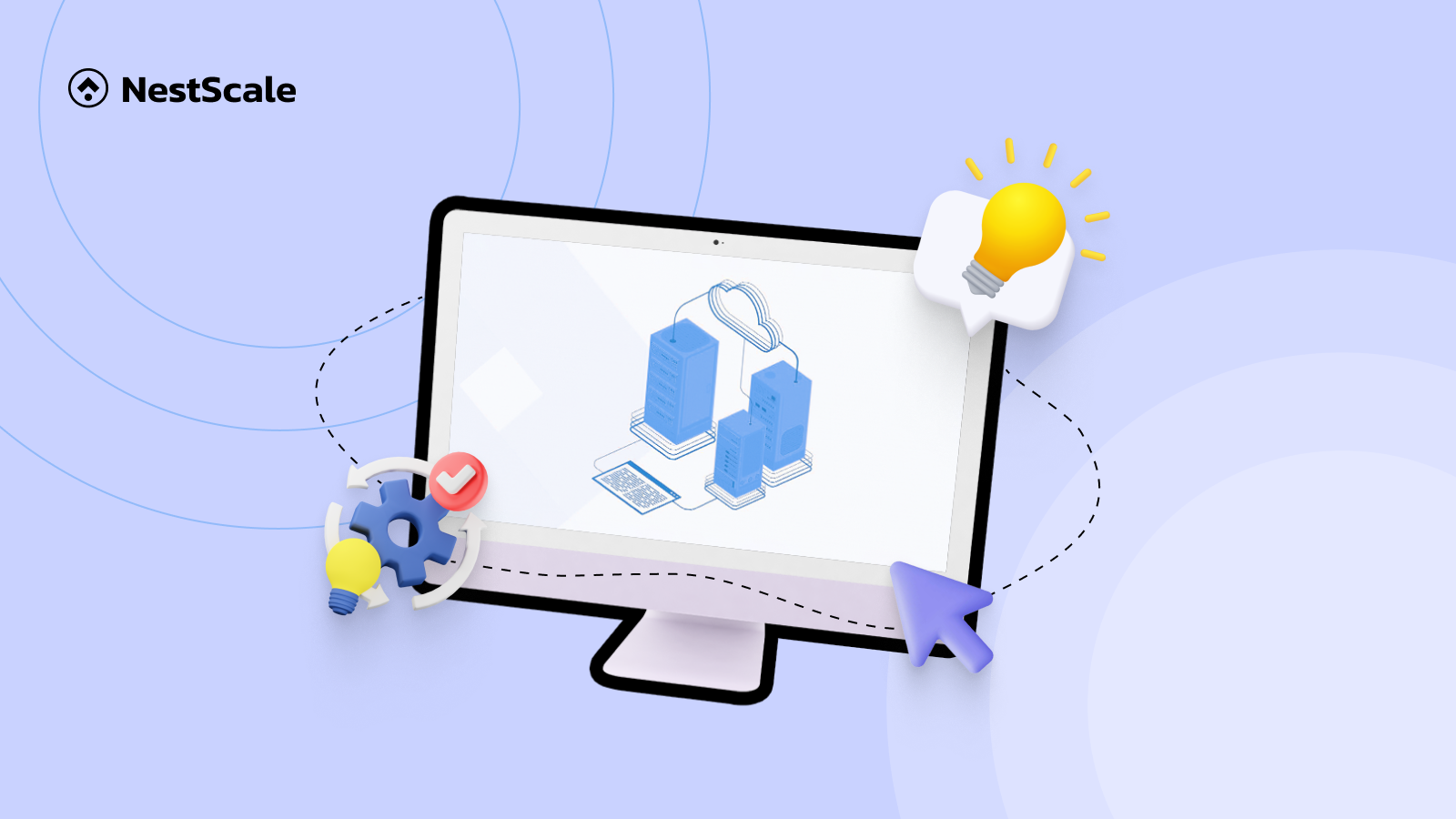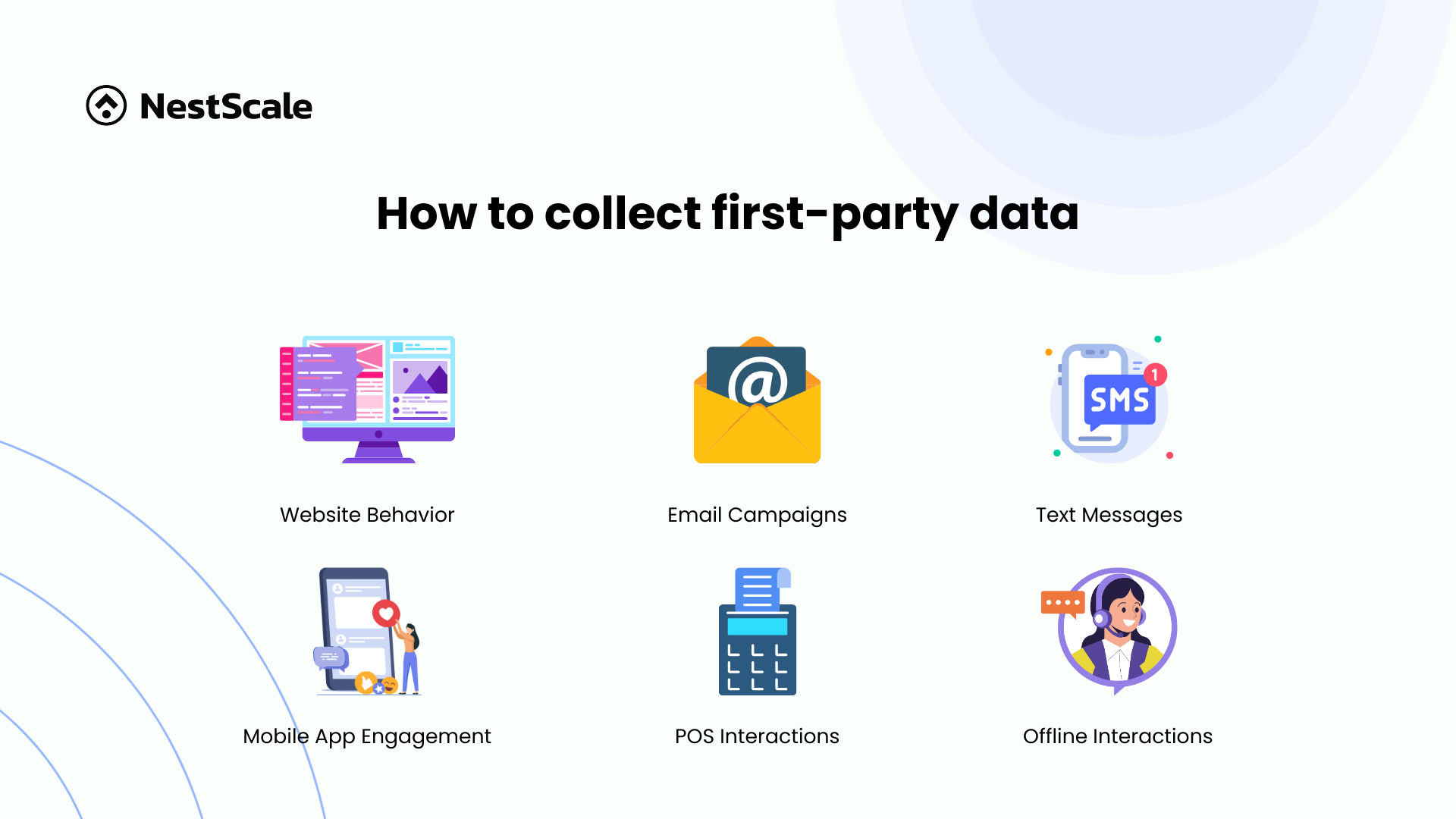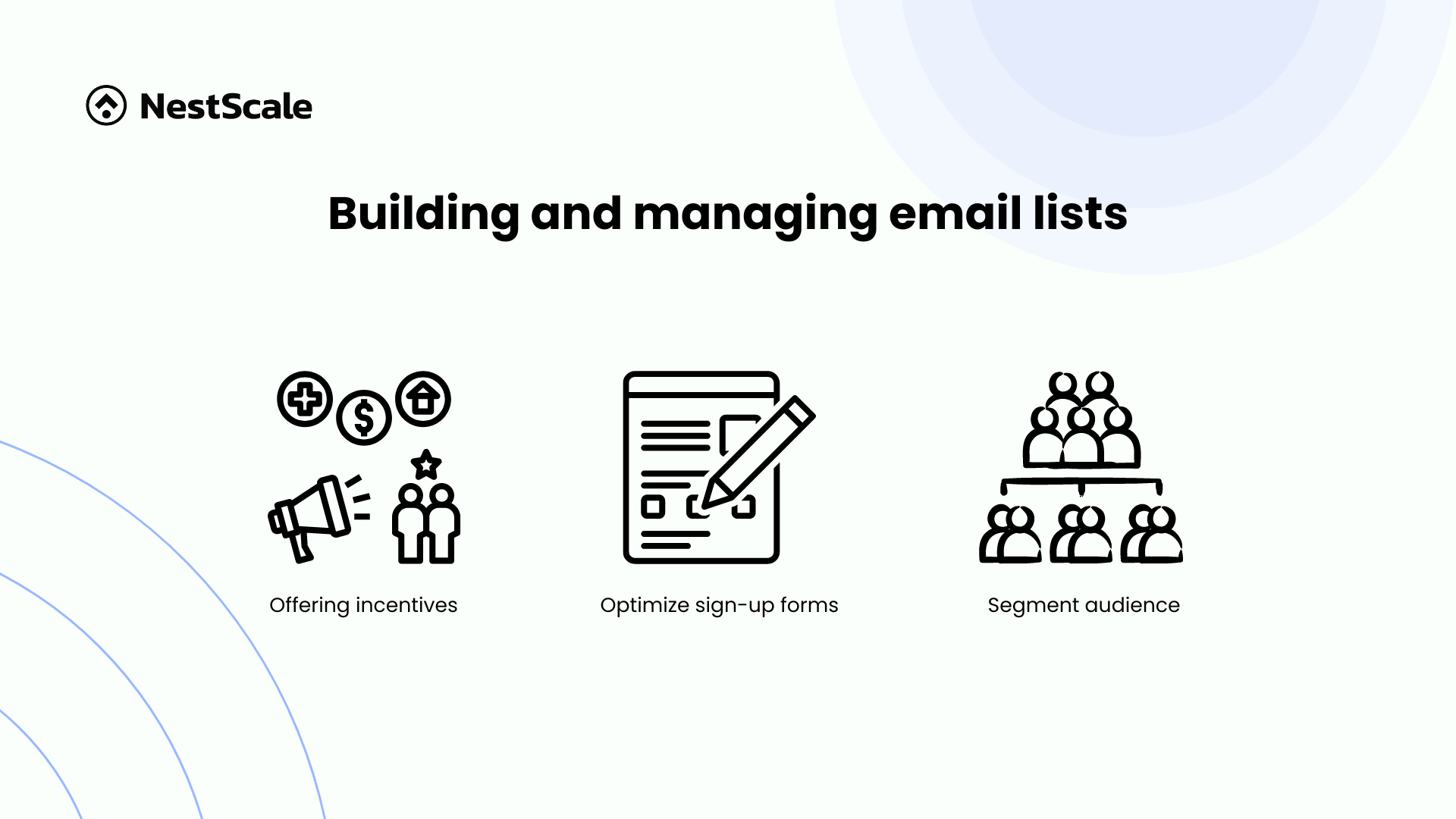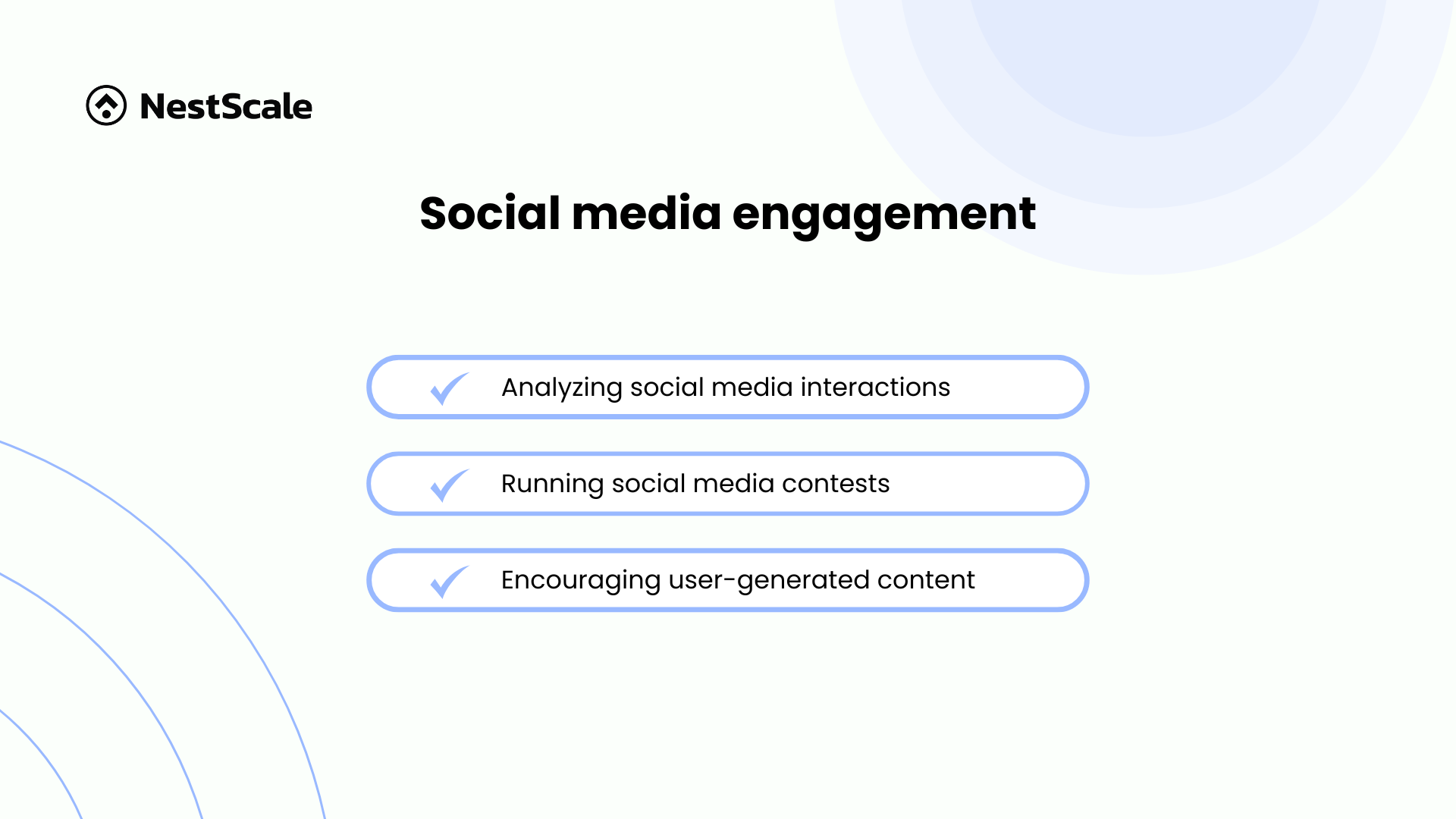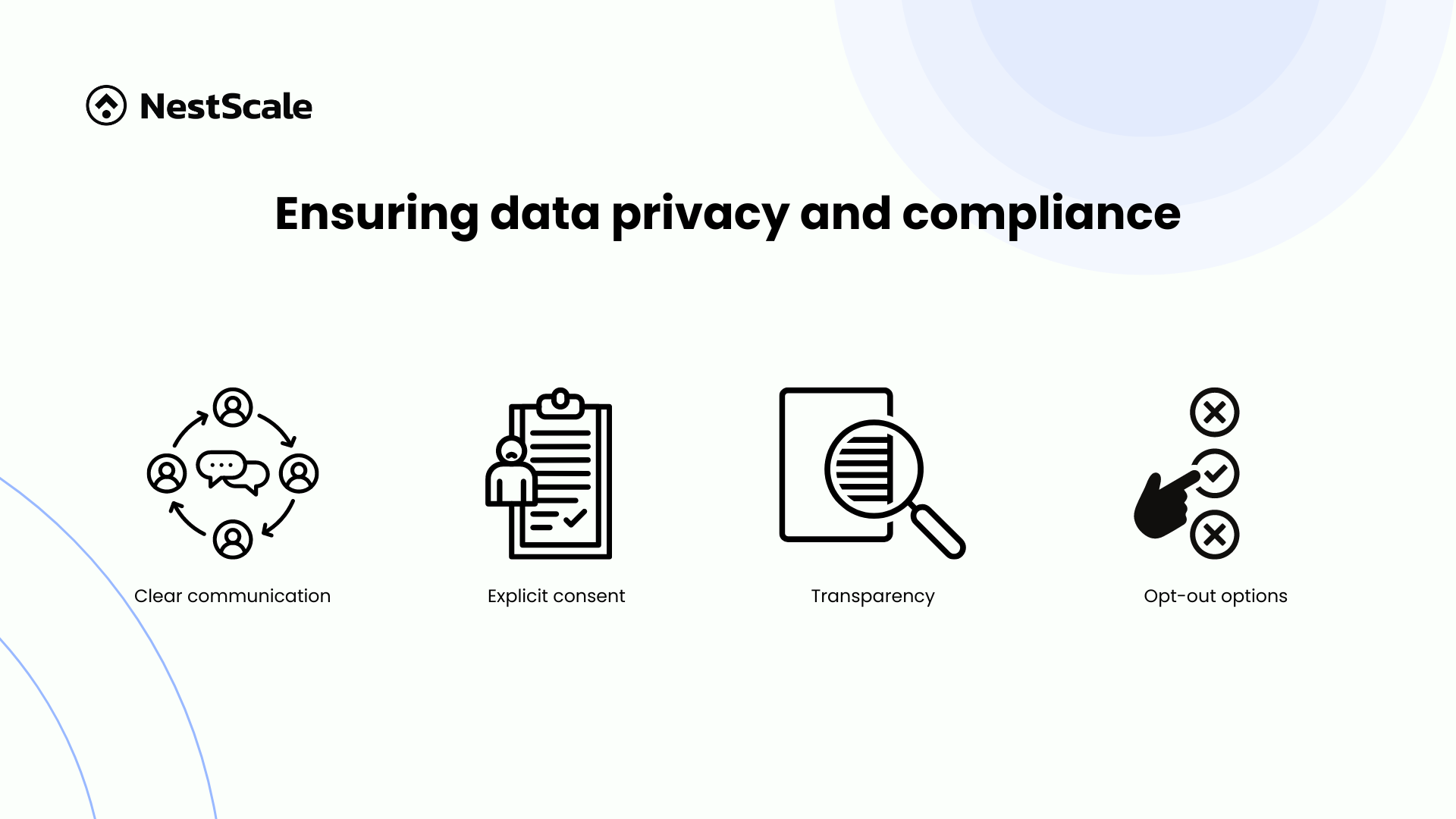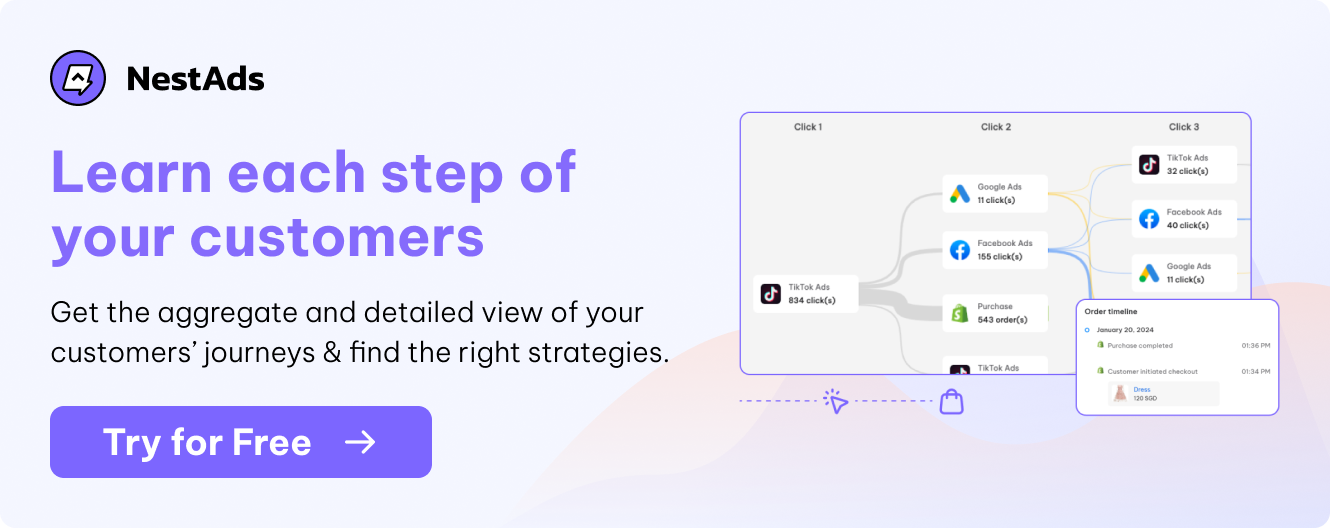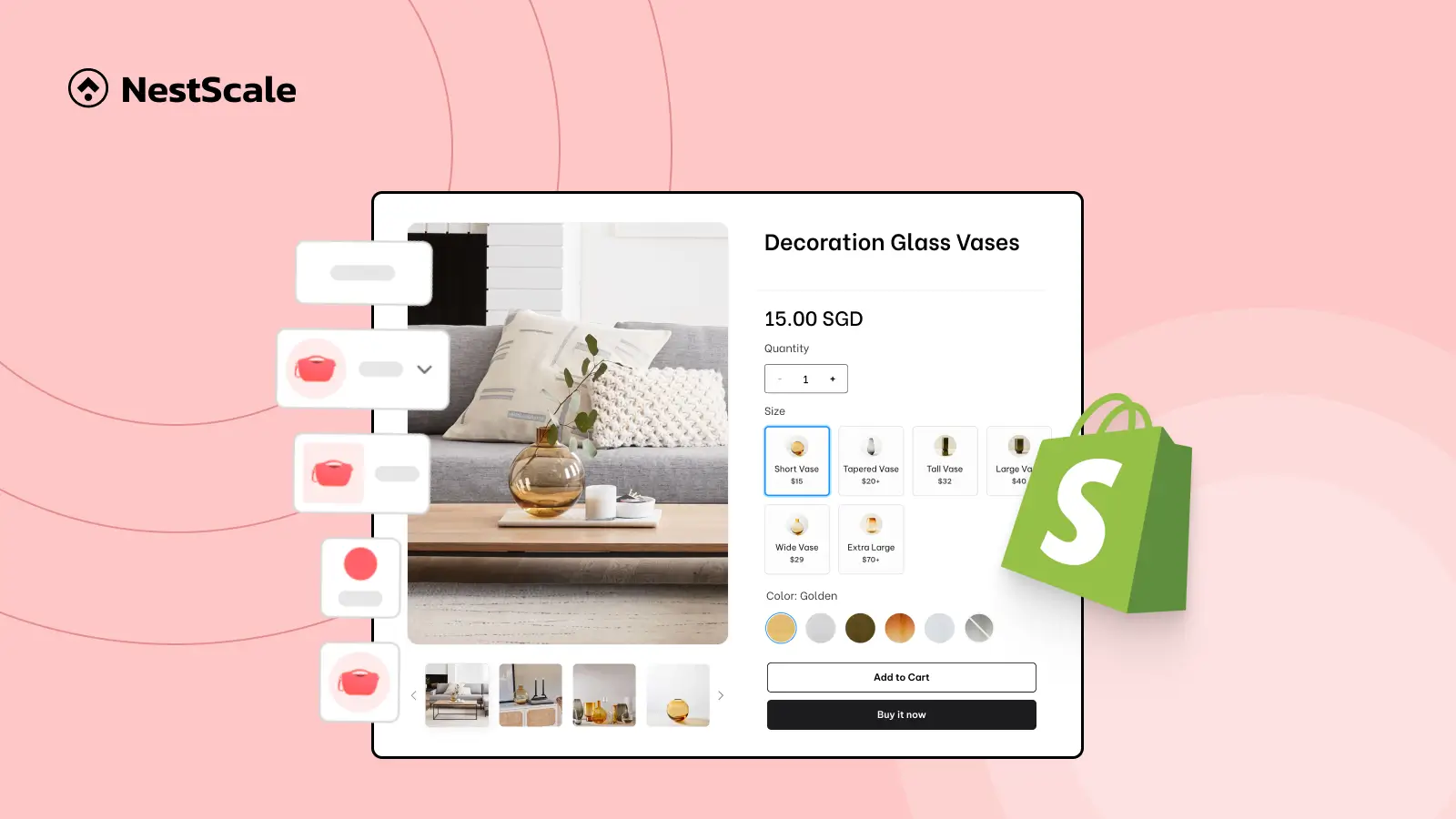In today’s data-driven landscape, navigating the complexities of data collection is more critical than ever. Understanding the nuances between zero, first, second, and third-party data sets the stage for crafting effective data strategies that not only comply with evolving privacy regulations but also deliver meaningful customer experiences.
Building upon our exploration of these data types in the previous blog, we now delve into the best strategies for first-party data collection. From leveraging customer feedback to optimizing website interactions, this guide will equip you with actionable insights to harness the full potential of your data assets.
How to collect first-party data
Every interaction with your brand offers an opportunity to learn more about your customers’ behavior and interests. Insights such as their propensity to buy and predicted lifetime value can be derived from first-party data. Here are common opportunities for collecting this data:
- Website behavior: Track browsing patterns, feature usage, searches, and transactional data.
- Email campaigns: Monitor open rates, click-through rates, and overall engagement.
- SMS and text messages: Measure open and response rates.
- Offline interactions: Use surveys and feedback forms to gather information.
- Point-of-Sale (POS) interactions: Collect data through loyalty club signups or demographic information.
- Mobile app engagement: Analyze downloads, app opens, time spent in-app, and purchase history.
Marketing teams often use different tools for first-party data analysis. However, these data points can become siloed within their respective tools. It’s essential to consolidate first-party data capture for a comprehensive view of the customer journey.
7 Best strategies for first-party data collection
Now, let’s dive into the best strategies for data collection that will set your business on the path to data-driven success.
Defining clear objectives
The foundation of any successful first-party data collection strategy lies in defining clear and measurable objectives. Begin by taking a step back and asking yourself: Do you want to reduce churn, expand your loyalty program, move overstocked inventory, or enhance the overall customer experience?
Start this crucial step by identifying and prioritizing your business goals. Understanding the specific outcomes you want to achieve is essential. For example, if your goal is to boost customer retention, your objective might be to leverage first-party data to identify and nurture high-value customer segments. This means using the data to understand which customers are most valuable to your business and creating targeted strategies to engage and retain them.
Optimizing website and app interactions
To collect first-party data, optimizing your website and app interactions is essential. Here are key strategies:
- Using website analytics tools
Utilizing website analytics tools, like Google Analytics or NestAds, helps track user behavior on your site. These tools provide insights into page views, time spent on pages, and user navigation patterns. Through 1st party analytics, you can identify areas for improvement, understand user preferences, and make informed decisions to enhance user experience.
With NestAds, you can centralize your website analytics data and sync it with performance metrics from multiple advertising platforms. This unified approach allows you to gain deeper insights, make more informed decisions, and enhance your user experience across all touchpoints. Don’t just track data – transform it into actionable strategies with NestAds.
- Implementing behavioral tracking
Behavioral tracking involves monitoring and analyzing user actions, such as clicks, scrolls, and form submissions. Tools like heatmaps and session recordings can provide detailed insights into how users interact with your site or app. This data helps identify popular features, uncover pain points, and optimize the user journey to increase engagement and data collection.
- Encouraging account sign-ups and user registrations
Encouraging users to create accounts or register on your platform is a powerful way for 1st party data collection. Offer incentives like exclusive content, discounts, or personalized experiences to motivate sign-ups. With user registrations, you can gather demographic information, track user activities, and personalize interactions based on individual preferences. This data is invaluable for tailoring marketing efforts and improving customer relationships.
Leveraging email marketing
Email marketing begins with a robust email list. Let’s take a look at how to leverage email marketing for first-party data collection.
- Building and managing email lists
To build and manage your email lists effectively, start by offering incentives to encourage sign-ups, such as discounts, exclusive content, or access to special events. Optimize your sign-up forms to be simple and easily accessible across various touchpoints like your website, social media, and other online platforms.
Additionally, segment your audience based on demographics, behavior, and preferences. This segmentation allows you to send targeted emails that are more likely to resonate with different subscriber groups.
- Creating engaging email campaigns
An engaging email campaign can significantly boost your data collection efforts. Personalize your email content by using the recipient’s name, recommending products based on past purchases, and tailoring content to their interests. Ensure your emails have clear, compelling calls to action (CTAs) that direct recipients to your website or app.
To continually improve your campaigns, conduct A/B testing on different elements such as subject lines, and images, and send times to determine what resonates best with your audience.
Utilizing customer feedback and surveys
Utilizing customer feedback and surveys is essential for understanding customer needs and preferences, and it starts with designing effective customer surveys.
- Designing effective customer surveys
Start by defining clear objectives for your survey—what specific information are you looking to collect? Keep your surveys concise and focused, with a mix of open-ended and multiple-choice questions to balance depth of insight and ease of completion.
Use simple, direct language and avoid leading questions that might bias the responses. To increase participation, consider offering incentives such as discounts or entry into a giveaway.
- Collecting feedback through product reviews and ratings
Product reviews and ratings are invaluable sources of first-party data. Encourage customers to leave reviews and rate their purchases by making the process simple and accessible. Prompt them with follow-up emails after a purchase or include review invitations on your website.
Analyzing this feedback can provide first-party insights into product performance, customer satisfaction, and areas for improvement. Additionally, positive reviews can serve as social proof to attract new customers, while negative reviews highlight areas needing attention.
- Conducting focus groups and interviews
Focus groups and interviews allow for in-depth exploration of customer opinions and experiences. These methods provide a more nuanced understanding of customer needs and preferences compared to surveys alone. When conducting focus groups, select a diverse group of participants to ensure a range of perspectives.
Prepare a set of open-ended questions to guide the discussion but remain flexible to follow interesting leads that arise. Interviews can be conducted one-on-one, allowing for deeper dives into individual experiences and opinions. Recording and analyzing these sessions can reveal valuable insights into customer behavior and product perception.
Implementing loyalty programs
Loyalty programs offer a dual advantage: they incentivize repeat business while also providing valuable first-party data. When customers enroll in a loyalty program, they willingly share personal information, such as their contact details and purchase history.
- Designing a successful loyalty program
Designing an effective loyalty program requires careful planning to ensure it appeals to your target audience and meets your business objectives. Start by determining the structure of your program—will it be points-based, tiered, or offer exclusive benefits? Clearly outline the rewards and incentives that members can earn, such as discounts, free products, or early access to new releases.
Ensure the enrollment process is straightforward and promote the program through various channels, including your website, social media, and email campaigns. Regularly evaluate the program’s performance and make adjustments based on customer feedback and engagement levels.
- Tracking customer behavior and preferences
Once your loyalty program is in place, tracking and first-party analytics are essential. Monitor key metrics such as enrollment rates, active participation, and reward redemption rates. Use this information to identify trends and patterns in customer behavior. For example, you might notice that certain products are frequently redeemed with points, indicating their popularity among loyal customers.
Additionally, track individual customer journeys to understand their preferences and tailor your marketing efforts accordingly. This data-driven approach helps in creating targeted promotions and offers that resonate with your most valued customers.
Social media engagement
Social media platforms are a treasure trove of first-party data attribution, offering real-time insights into your audience’s behavior and preferences. By monitoring likes, comments, shares, and other interactions, you can gauge what content resonates most with your followers.
- Analyzing social media interactions and engagements
Tools like Facebook Insights and Twitter Analytics provide detailed metrics on engagement, helping you understand the demographics, interests, and behaviors of your audience. This data can inform your content strategy, ensuring you create posts that drive engagement and foster a stronger connection with your followers.
- Running social media contests and polls
Contests and polls are effective strategies for boosting engagement and collecting valuable data. By organizing contests, you encourage users to interact with your brand, often requiring them to provide personal information for entry. Polls and surveys on social media platforms are also great tools for gathering opinions and preferences directly from your audience.
These activities not only increase visibility and interaction but also offer insights into what your customers value, which can guide your product development and marketing strategies.
- Encouraging user-generated content
User-generated content (UGC) is a powerful way to build community and trust around your brand. Encouraging customers to share their experiences, photos, and reviews on social media provides authentic content that can be leveraged in your marketing efforts.
Analyzing UGC helps you gain insights into customer sentiment and preferences, offering a direct line to understanding how your products or services are perceived in the real world. This data can be used to refine your offerings and create more targeted, effective marketing campaigns.
Ensuring data privacy and compliance
Respecting customer privacy and handling their data responsibly are fundamental aspects of collecting first-party data. Therefore, ensuring privacy not only builds trust but also strengthens customer relationships, leading to long-term loyalty.
Obtaining explicit consent from customers is crucial for ethical data collection. Here are some best practices:
- Clear communication: Clearly explain what data is being collected, how it will be used, and why it’s necessary. Use simple, straightforward language to avoid confusion.
- Explicit consent: Ensure that customers actively agree to data collection practices, rather than assuming consent. Use opt-in methods rather than pre-ticked boxes.
- Transparency: Provide detailed information about your data practices in an accessible format, such as a privacy policy. Regularly update this information to reflect any changes in data usage.
- Opt-out options: Allow customers to easily opt-out of data collection or specific uses of their data. Make this process simple and accessible.
How to manage your first-party data
When collecting data from numerous touchpoints, centralizing and unifying this information is essential. A powerful tool for this task is a Customer Data Platform (CDP).
A CDP is a software platform that gathers, stores, and organizes customer information from various touchpoints into a single database. This centralized approach provides a comprehensive view of the customer journey, enabling you to create personalized experiences at scale. By consolidating data from your website, mobile app, email campaigns, and other sources, a CDP ensures you have accurate and actionable insights to drive your marketing strategies.
One of the powerful CDP tools is NestAds – an advanced ad tracking and marketing attribution platform. It is designed to empower e-commerce businesses with a complete view of their marketing performance. By centralizing data from major advertising platforms like TikTok, Facebook, and Google, NestAds enables merchants to track and analyze their campaigns across multiple channels seamlessly.
With NestAds, merchants can customize attribution models, gain a deeper understanding of their customer journeys, and enhance ad performance through creative reports, all while leveraging first-party data to maintain effectiveness in an evolving digital landscape.
Alternatively, Data Management Platforms (DMPs) can be used to manage customer data. DMPs help you collect, segment, and activate customer data for marketing purposes. While they are effective for certain tasks, DMPs typically do not offer the same depth of insight as CDPs. They are more focused on aggregating anonymous data for targeting and advertising rather than providing a holistic view of individual customers.
Stay tuned to our next blog where we explore the ways to use first-party data marketing to improve your strategy!




































